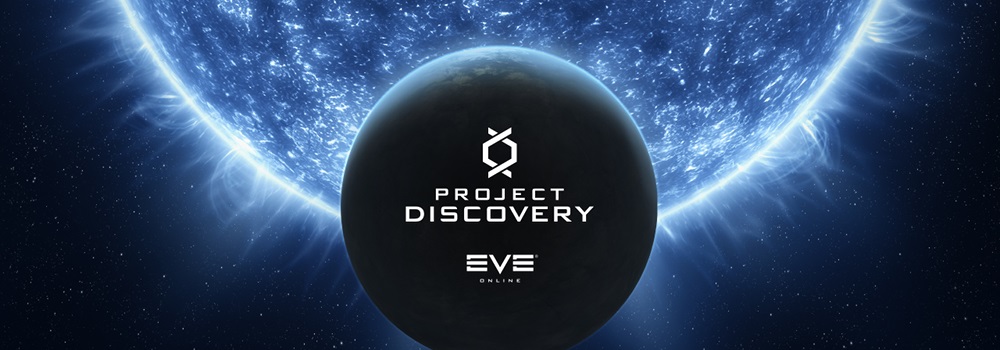July 25, 2017 / by attila / In news
You did it again
It has been quite some time since we last posted an article here on the MMOS blog. A lot has happened since. We gave a talk at GDC together with CCP Burger. We had an amazing Fanfest, having the honor to welcome Michel Mayor on the stage of Harpa with a talk on exoplanets. And as CCP Burger put it after: “He outnerded EVE players”. A must watch.
And then, just 2 weeks ago the second iteration of Project Discovery has been launched on the Tranquility servers of EVE Online. In the last two weeks we were working of fixing some issues: you can read a post on the EVE developer blog soon written together with the University of Geneva and us about the changes and some detailed background information. But now it is high time that we share some data with you.
First of all, the EVE player community have exceeded expectations once again. I honestly didn’t think that we would be able to repeat the success in activity of the first Project Discovery. I was badly mistaken.
In the first two weeks you submitted more than 13.2 million classifications!
To put that into perspective, this is almost half of all the classifications submitted in the first Project Discovery over more than a year.
And to put it into even an even broader perspective I have to quote numbers from an article written about Galaxy Zoo. It is the citizen science project that became the foundation of Zooniverse, the biggest web platform for citizen science projects. Their success in terms of numbers set a high bar for all citizen science projects in the last decade. Fun fact: it’s 10th anniversary was celebrated in Oxford the same day we launched Project Discovery Exoplanets. The article Galaxy Zoo: Morphological Classification and Citizen Science published in 2011 says, that “After forty hours, the classification rate had increased to 60,000 per hour. After ten days, the public had submitted ∼ 8 million classifications.”
In the first ten days of Project Discovery Exoplanets we registered 10.7 million classifications, with daily records above 1.3 million and with a peak classification rate of 88.000 per hour. It is also remarkable that in the first five days the classification rate was peaking well above the 75.000 per hour level. We also reached an all-time high of 1,539 classifications per minute. Based on this we can say that Project Discovery became one of the most successful citizen science projects in terms of user activity.
The numbers are pretty impressive. This success already proves our original hypothesis that integrating real science with videogames can indeed be an engaging and enjoyable activity if it is done with such a care for details as in EVE Online. The other important question is the scientific output. Now that we sorted out the issues around the gold standard data, researchers at the University of Geneva will turn to analysing the data to see what you have found so far…
Thank you all who participated in the project, played with Project Discovery or helped and supported us in any ways.
o7

